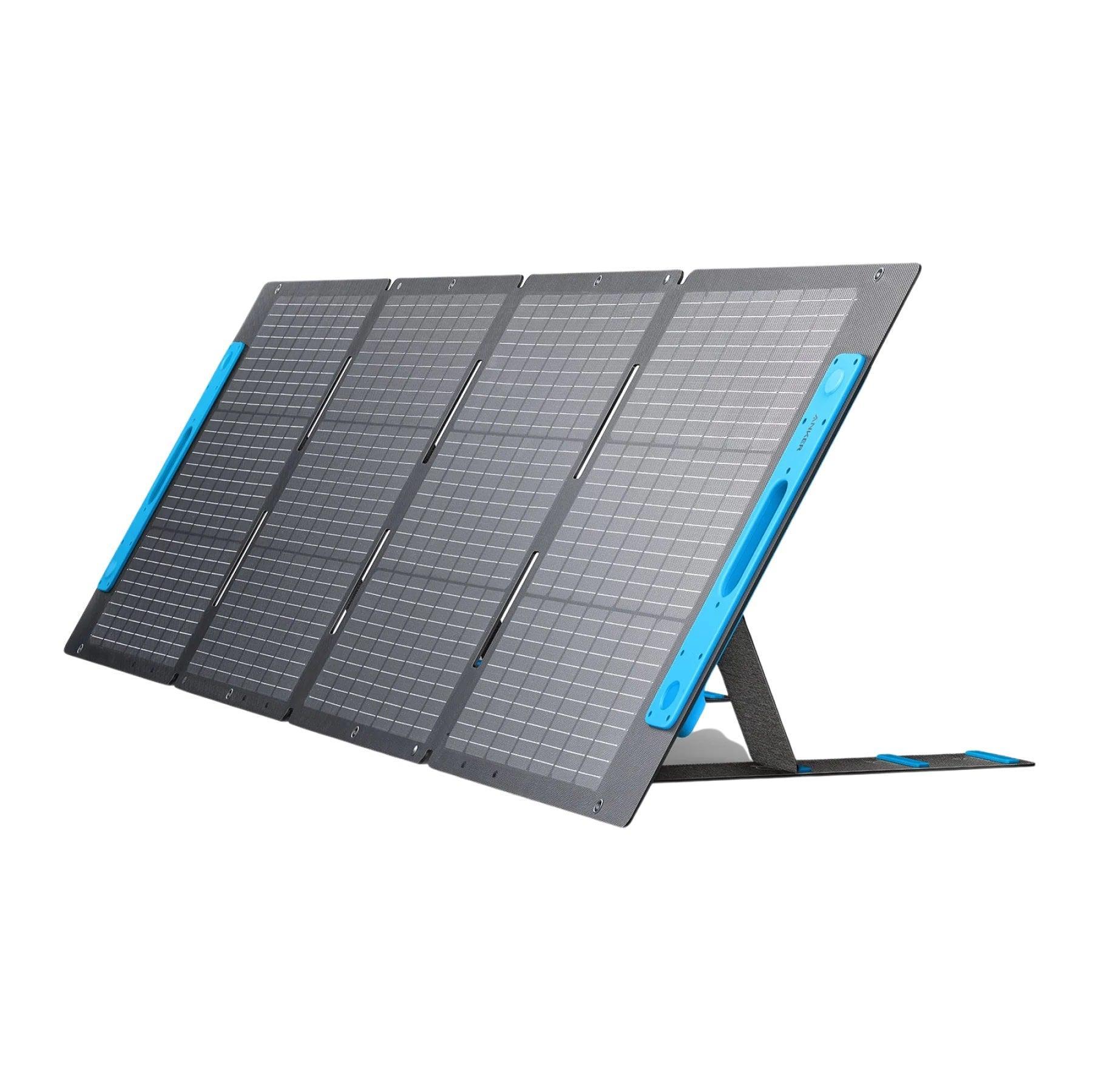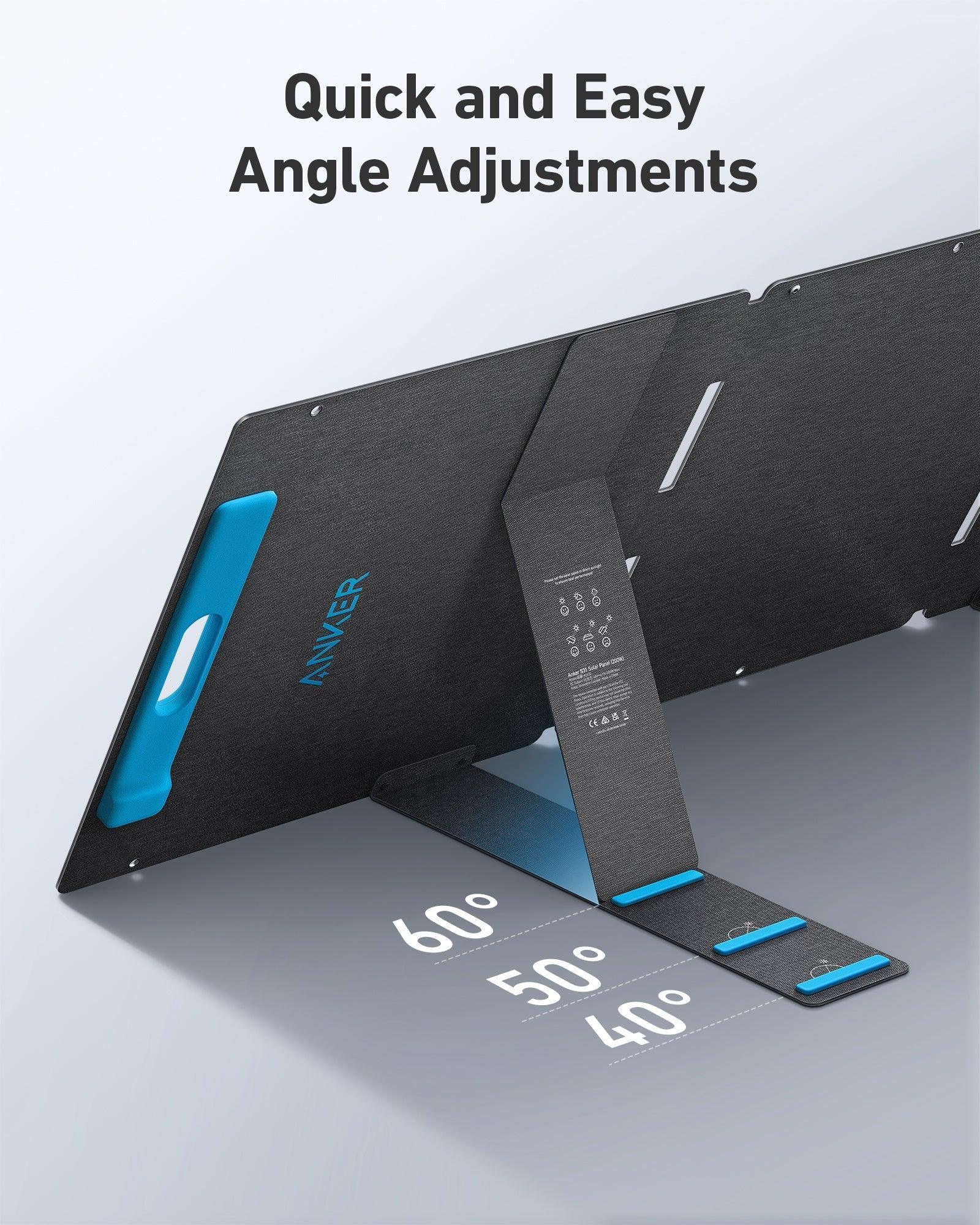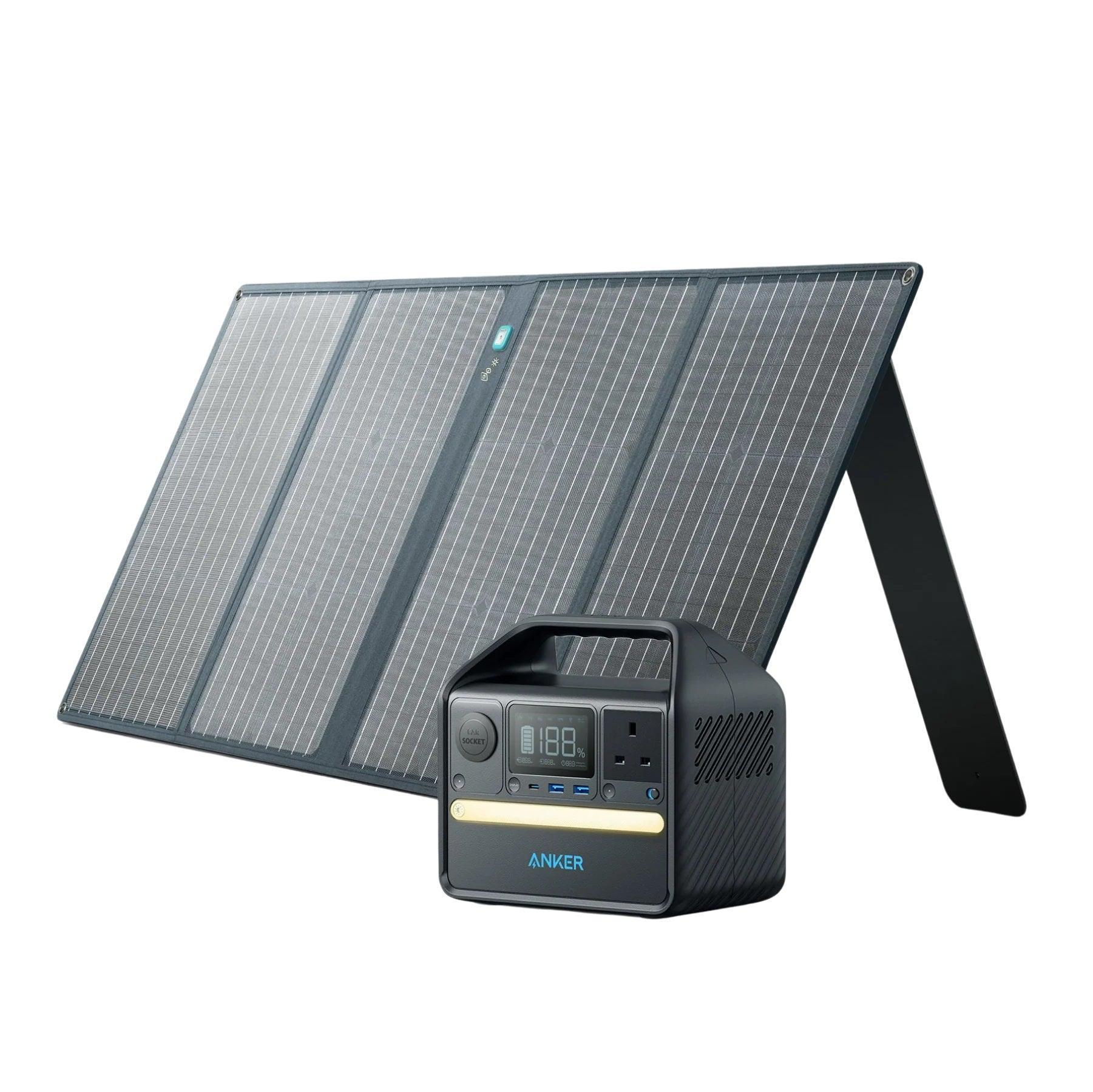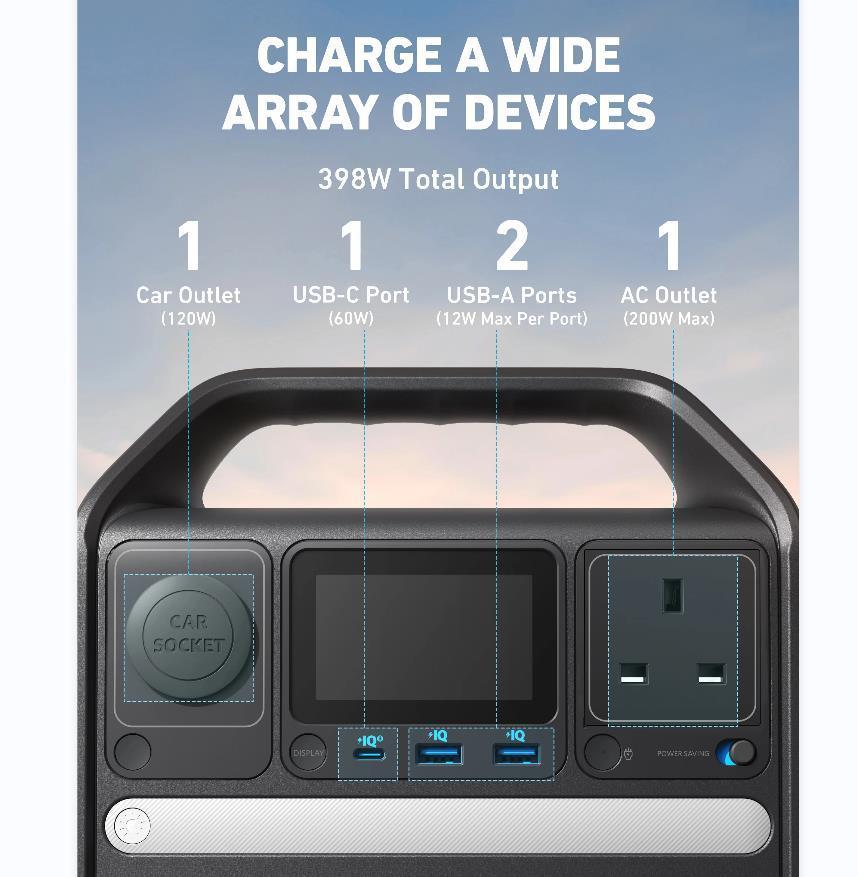With the rise in concern about climate change and the push for renewable energy sources, solar panels are becoming a more popular alternative to traditional power sources. Solar panels offer an environmentally friendly way to generate electricity – but could they have additional, unintended side effects? One such potential consequence has been raised recently: some studies have suggested that solar panel farms may be linked to bird fatalities. This blog post looks into current understanding of the potential risks associated with solar panels for birds as well as what solutions exist to mitigate them. By exploring these topics together, readers can make a better-informed decision about whether or not this move is right for them in terms of both sustainability and animal welfare goals.

Do Solar Panels Kill Birds?
To address the question of whether solar panels killing birds, it's important to consider two main categories: residential solar panels and solar power plants. Residential solar panels are typically installed on rooftops, while solar power plants consist of large-scale installations.
When it comes to residential solar panels, the risk of bird mortality is relatively low. These solar panels are typically installed on rooftops and angled surfaces, making them less attractive for birds to perch or nest on. Furthermore, residential installations are generally smaller in scale, which reduces the likelihood of significant bird collisions.
Solar power plants, on the other hand, may pose a greater risk to birds, primarily due to the vast size of the installations and the presence of reflective surfaces. These large-scale solar arrays can sometimes be mistaken by birds as bodies of water, leading to collisions. However, it's worth noting that the overall impact on bird populations is still relatively low compared to other human-made structures.
How Do Solar Panels Kill Birds?

Solar panels can contribute to bird mortality through two primary mechanisms: collisions and habitat disruption. Let's explore how do solar panels kill birds:
Collisions
Birds may collide with solar panels, mistaking them for open space or bodies of water. This is more likely to occur in areas with high bird activity or near migration routes. Several factors can contribute to collisions:
- Reflective Surfaces: Solar panels often have reflective surfaces that can confuse birds. They may perceive the reflections as bodies of water, leading them to fly toward the panels and collide with them.
- Installation Height: The height at which solar panels are installed can influence the risk of collisions. Panels installed at lower heights, such as ground-mounted arrays in solar power plants, can be more problematic as they are within the flight paths of birds.
- Surrounding Environment: The presence of attractive features, such as vegetation or water sources near solar panels, can draw birds towards them, increasing the chances of collisions.
Habitat Disruption
The construction and operation of solar power plants can disrupt bird habitats, leading to indirect harm. Here are some factors contributing to habitat disruption:
- Loss of Nesting Areas: Solar power plants are often constructed on previously undeveloped land. This land may have served as nesting grounds for birds. When solar panels are installed, these nesting areas are lost, displacing bird populations.
- Disruption of Foraging Habitats: Solar power plants can alter the landscape and vegetation cover, impacting the availability of food sources for birds. This disruption can affect their foraging patterns and overall survival.
While the impact of residential solar panels on birds is generally minimal, larger-scale solar power plants have a higher potential for bird mortality. It's important to consider these factors and take proactive measures to mitigate the risks associated with solar panel installations. By implementing bird deterrents, carefully choosing installation locations, and conducting thorough environmental impact assessments, we can reduce the likelihood of bird collisions and minimize habitat disruption.
How to Prevent Killing Birds When Installing Solar Panels?

To prevent harm to birds when installing solar panels, several measures can be taken. Here are some important steps to consider:
Strategic Placement
Carefully choose the location for solar panel installations to minimize the risk to birds. Consider the following factors:
- Avoid High Bird Activity Areas: Identify areas with high bird activity, such as nesting sites or feeding grounds, and avoid installing solar panels in those locations.
- Migration Routes: Be aware of bird migration routes in your region and avoid placing solar panels directly in those paths.
- Distance from Water Sources: Birds are often attracted to bodies of water. Keep solar panels at a safe distance from water sources to reduce the likelihood of bird collisions.
Avian Deterrents
Implement bird deterrents to make solar panels less attractive or noticeable to birds. These deterrents can include:
- Visual Cues: Place reflective tape, decals, or stickers on the surface of the solar panels. These visual cues can help birds recognize the presence of solid structures and avoid collisions.
- Netting or Screens: Install netting or screens around the perimeter of the solar panels. This prevents birds from accessing the spaces beneath the panels, reducing the opportunity for nesting.
Environmental Impact Assessments
Conduct thorough environmental impact assessments before installing large-scale solar power plants. This ensures a comprehensive understanding of the local bird habitats and allows for the implementation of appropriate mitigation measures. Some considerations include:
- Identifying Sensitive Habitats: Determine if the proposed installation site is home to endangered bird species or critical habitats. Adjust the design or location accordingly to minimize disturbance.
- Preservation and Restoration: Whenever possible, preserve or restore nearby bird habitats to compensate for any loss caused by the installation of solar panels.
By considering these preventive measures and incorporating them into the installation and operation of solar generator, we can significantly reduce the potential harm to birds and promote the coexistence of clean energy generation and bird populations.
Can a Portable Power Station Be One of the Solutions to Protecting Birds?
Yes, portable solar power stations can be a solution to protect birds from the potential harm associated with fixed solar panels. Here's how portable solar power stations can contribute to bird protection:
- Flexibility in Placement: Portable solar power stations provide the advantage of flexibility in their placement. They can be easily moved to different locations, allowing for strategic placement that avoids high bird activity areas or sensitive bird habitats. This flexibility reduces the risk of bird collisions and disturbance.
- Temporary Installation: Portable solar power stations are often set up for shorter durations or specific events, unlike permanent installations. This temporary nature minimizes the potential long-term impact on bird populations and habitats.
- Reduced Habitat Disruption: Unlike large-scale solar power plants, the footprint of portable solar power stations is generally smaller. As a result, the disruption to bird nesting areas and foraging habitats is minimized. Birds can continue to utilize their natural habitats without significant displacement.
- Quick Removal: If a portable solar power station is no longer needed in a particular location, it can be swiftly dismantled and relocated. This flexibility allows for adaptive management, ensuring minimal disturbance to bird populations in the long run.
While the solar portable power station provides advantages in terms of bird protection, it's still crucial to follow best practices, such as strategic placement and avian deterrents, to further minimize any potential risks.
Conclusion
Solar panels have proven to be an important tool in combating climate change and transitioning to renewable energy sources. While there are instances where solar panels can cause harm to birds, particularly in large-scale installations, the overall impact is relatively low compared to other human-made structures. By implementing appropriate mitigation strategies, we can further minimize any negative effects and ensure the continued coexistence of solar energy and bird populations.
[ddshopfaq-59449]























